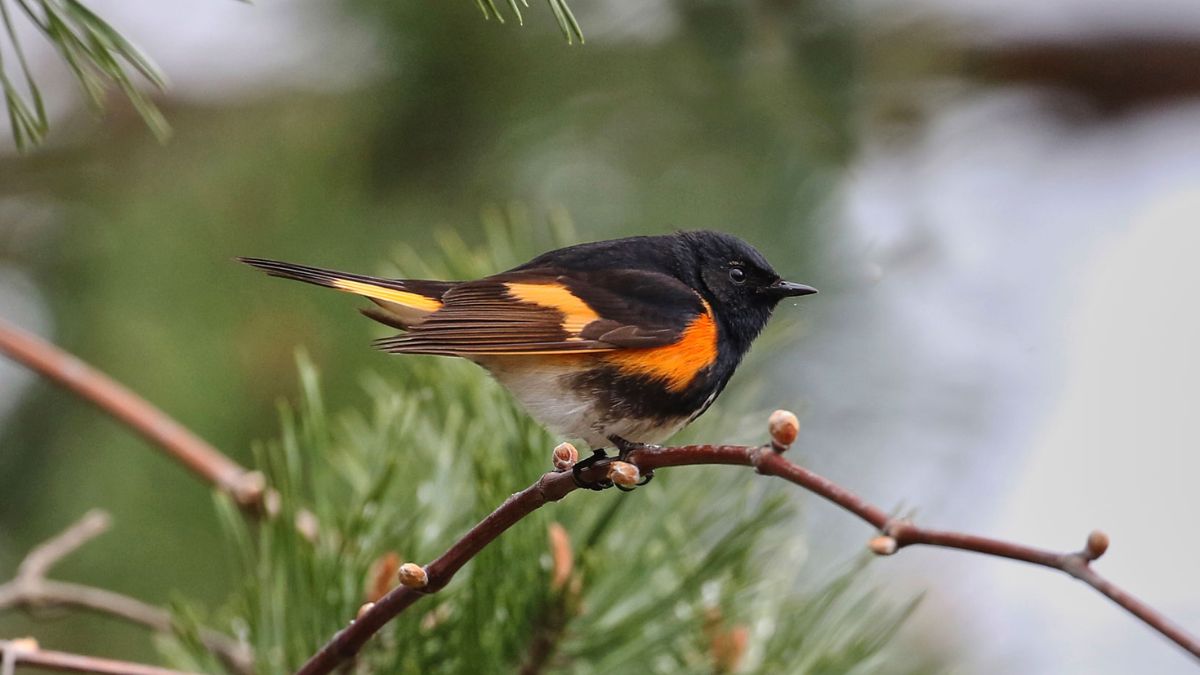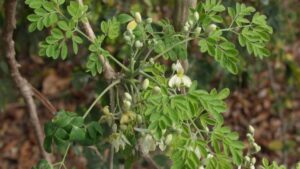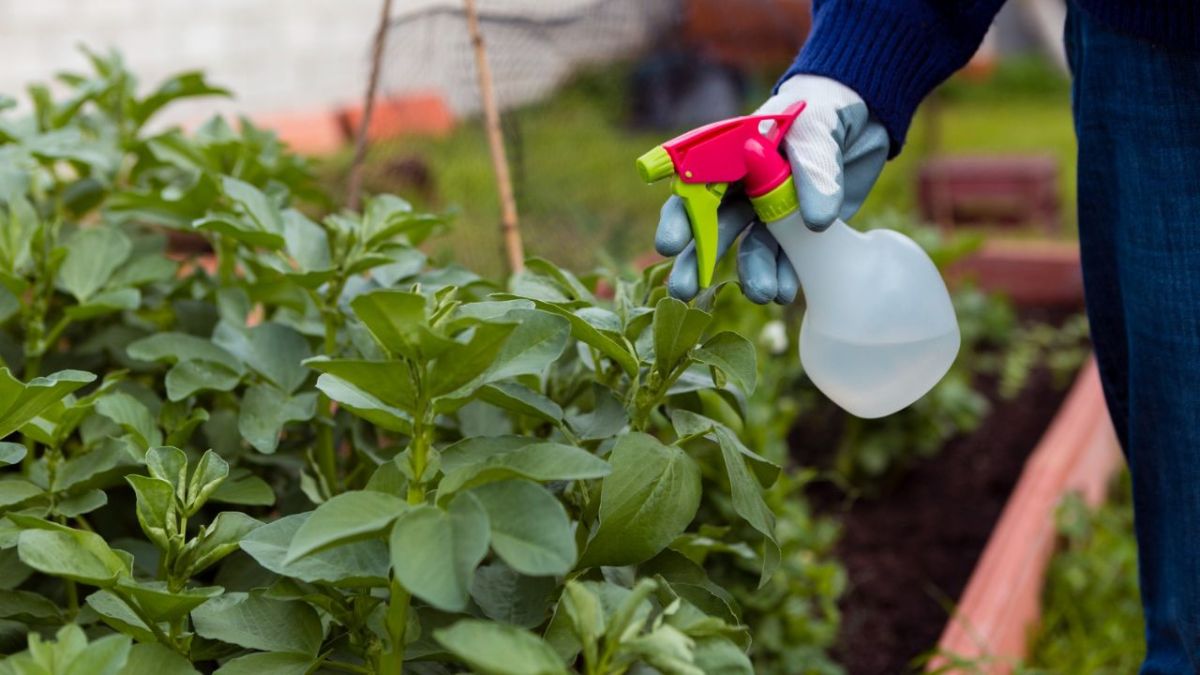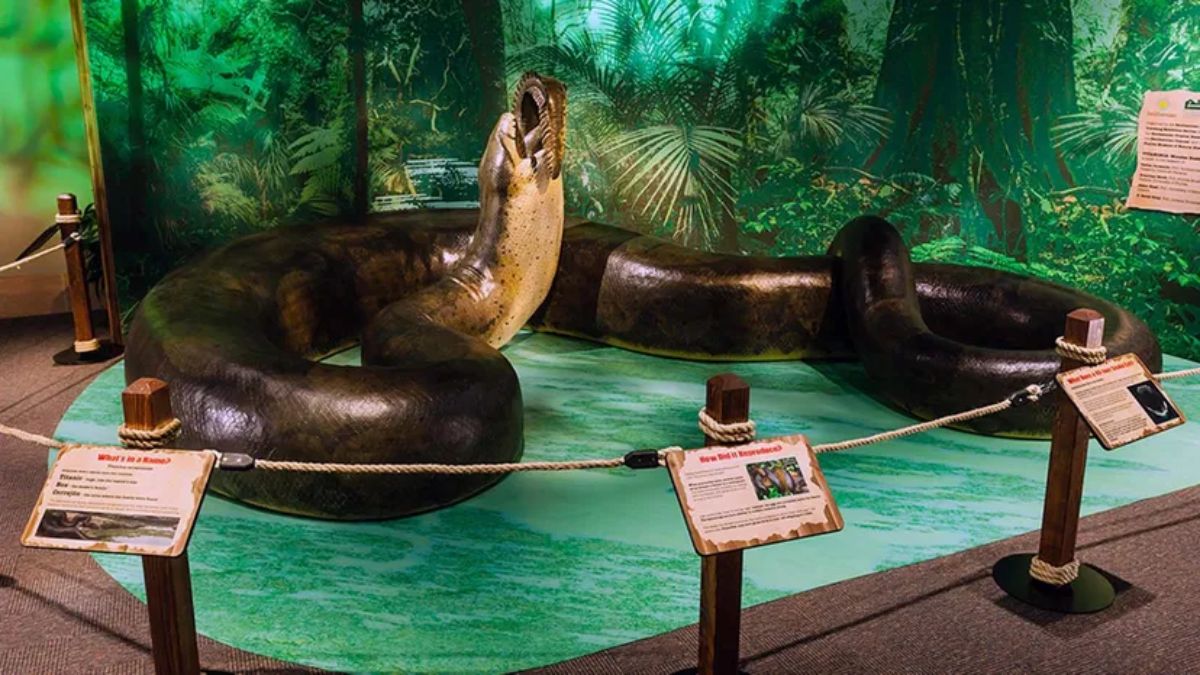After a long, bumpy drive into the wilderness near Foleyet, Ontario, Chris Blomme and his group of birdwatchers were just about ready to pack it in. They had spent several days scanning the trees and skies around the small northern community, hoping to spot a rare visitor that had recently made headlines among Canadian birders.
Table of Contents
And then, just as they were checking out the local dump—a surprisingly reliable spot for bird sightings—they heard an unusual commotion.
Several crows were making a racket, a sign that something out of the ordinary was nearby. Within moments, a striking bird swooped in and perched in a conifer tree right in front of them.
It was the crested caracara.
Surprise
For Blomme, who had made the trip from Sudbury, it was a breathtaking moment. The crested caracara, typically found in the southern United States, Central America, and parts of South America, is not something you expect to see in northern Ontario.
Read Also- Sporting Goods Retailer Closing Forever – Iconic Store Shuts Down After 103 Years
“All of a sudden this caracara comes flying in… it was very striking,” he said.
The bird’s bold black, white, and orange markings make it stand out even among experienced birders. Seeing one this far north is highly unusual, and likely explained by an unusual weather event.
Theory
Blomme suspects the bird may have been blown off course by a major storm or hurricane. Weather disturbances are known to sometimes carry tropical species far beyond their usual range. For birders, these rare appearances—known as “vagrants”—can create a flurry of excitement.
In the case of the caracara, news of its presence spread quickly through the birding community. Word of mouth, birdwatching forums, and rare bird alerts brought enthusiasts from across the province.
Visitors
According to Blomme, birders came from as far south as Toronto. Many were motivated by the chance to add the crested caracara to their “life list”—a personal catalog of every bird species they’ve ever spotted.
In a tiny community like Foleyet, which has just 165 residents, the sudden influx of binocular-wielding strangers didn’t go unnoticed.
“A number of people saw four of us walking around with binoculars and cameras and they’d stop and roll down the window,” said Blomme. Locals were curious, and some even offered helpful updates on where the bird had last been seen.
History
Interestingly, this wasn’t necessarily the caracara’s first visit to the area. A few residents told Blomme they had seen a similar bird the year before. That opens up the possibility that this particular caracara—or another of its kind—has made multiple appearances in the Foleyet region.
Whether it’s the same bird or a new visitor, its presence has drawn attention and curiosity.
Survival
The big question now is: can a tropical bird like the crested caracara survive a northern Ontario winter?
Blomme thinks it’s possible—at least in the short term. “Very interesting to see if it tries to make it through the winter or not,” he said. “If there’s enough food, it should be possible.”
The crested caracara is a scavenger by nature, often feeding on carrion or small animals. Dumps, roadkill, and leftover hunting remains could provide enough food to sustain it through the colder months.
Still, it’s a long shot. The frigid temperatures and snow of an Ontario winter are a far cry from the warm, open landscapes this bird typically calls home.
But for now, its presence is a rare gift for Canadian birdwatchers—and a reminder that nature is full of surprises.
FAQs
What bird was spotted in Ontario?
A crested caracara, usually found in Central and South America.
Why is this sighting unusual?
The bird is far north of its typical range.
How did the bird get there?
Experts think a storm or hurricane pushed it off course.
Can the caracara survive winter?
Possibly, if food is available throughout the cold months.
Did locals see it before?
Yes, some said they spotted the bird last year too.

















